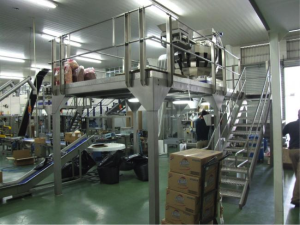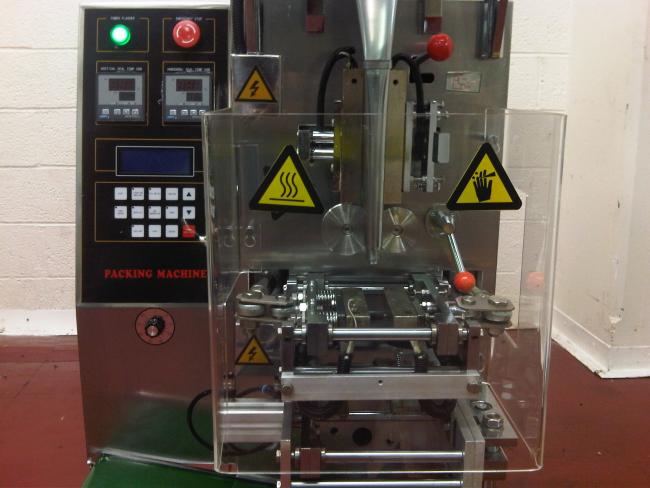Boosting your profit margins can be as simple as improving the efficiency of your packaging line. If that statement seems vastly oversimplified, it’s because improving your packaging line’s efficiency may not be as easy as it seems. Even if all it means for your particular business is getting new machinery, that alone has its own stipulations—things like finding room in the budget to do so, training employees on the new machinery, waiting for things to be delivered. Those aspects of purchasing new machinery are a big part of the entire process, and can’t be ignored. That being said, there are a couple other obvious ways to improve the efficiency of your packaging line.
Analyze Your Line
In order to make sure you’re getting the most out of your packaging line, you’ll want to perform an analysis of both the machines and the people working on them. What that means is you should monitor the line carefully for a period of time and take notes of where the slow spots are. Are there problems with packaging materials? Do the employees look like they’re handling the machines with ease? If not, more training should be administered so that your staff is as efficient as they can be. If it’s the machinery itself, you’ll need to either troubleshoot your existing hardware or work on creating a plan to replace it sometime soon. If money is tight, you can find used and refurbished equipment that is in your price range that is still high quality.
Know When to Replace Machines
Figuring out which machines are the slowest can be as easy as timing them or measuring the output. Your perception of how fast it produces packages may be different than its actual output. For instance, if you think a machine is producing 120 packages per minute but it only produces 117 per minute, that’s 3 packages per minute that you aren’t getting the benefit of having produced. That’s 180 pieces per hour, or 1,440 pieces per day (based on an 8-hour day, more if your facility operates longer hours). While 3 pieces per minute may not seem like it would make much of a dent in your productivity, 1,440 per day puts your loss per week at anywhere between around 7,000 to 10,000 pieces. Over time, those loses add up both rapidly and significantly. You’ll want to weigh the cost of new machinery against the cost of missing out on that amount of productivity.










